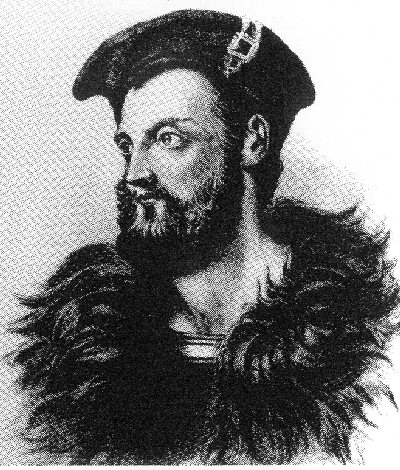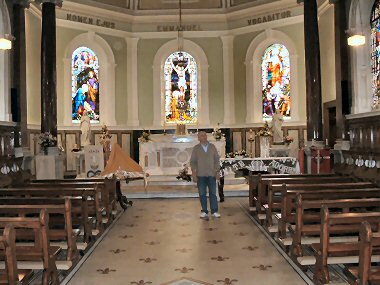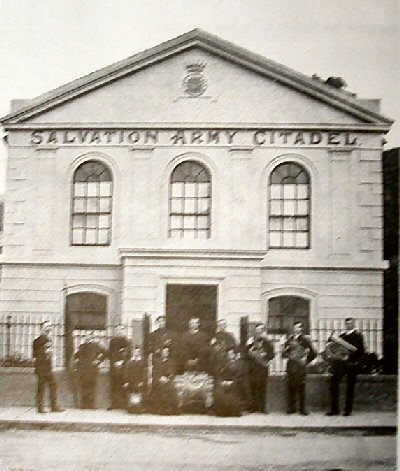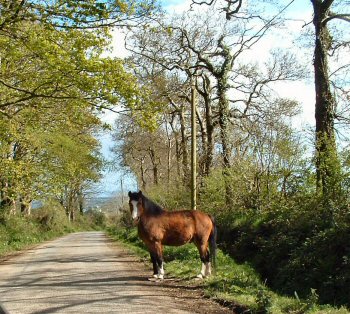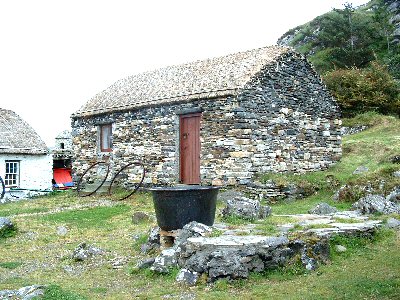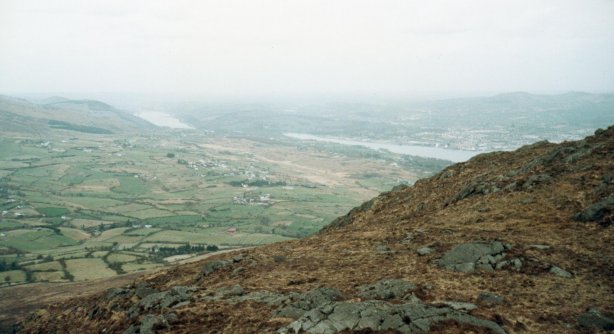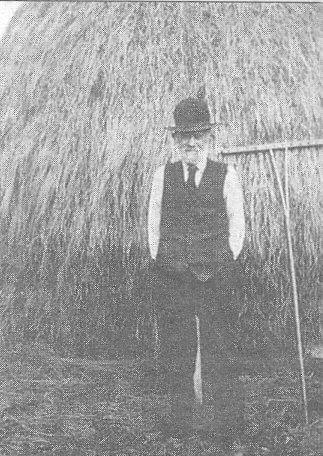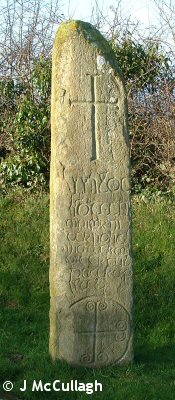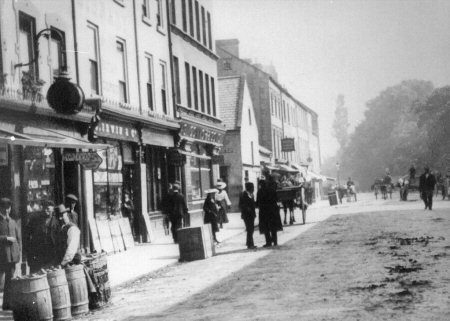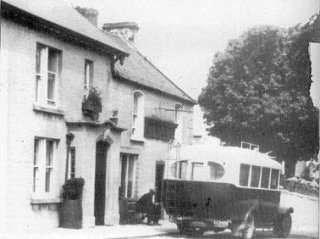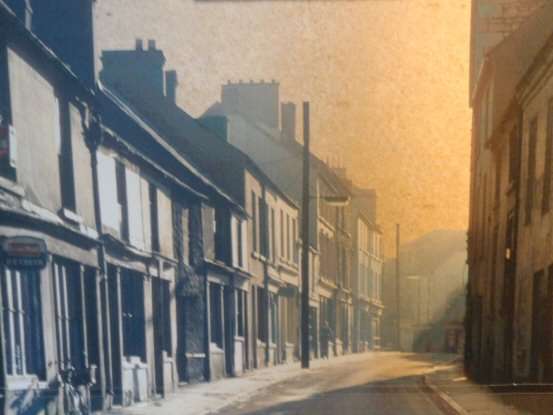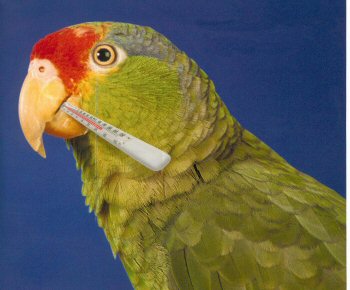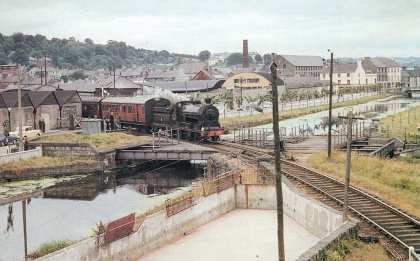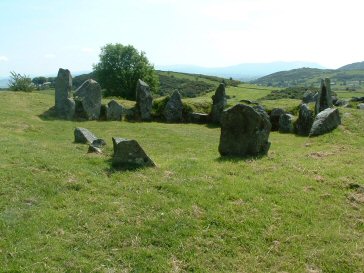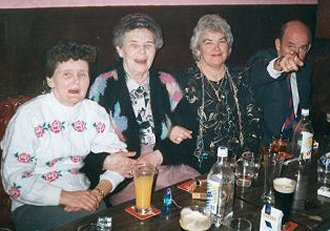Shane O’Neill Ireland
Shane O’Neill’s career was marked by his ambition to be The O’Neill –…
St Bride’s: to sawmills
My first clear memory of St Bride’s was of
Hatless in Court
More weighty affairs at the Local assizes 50 years ago!
Judge Hanna at Newry Quarter Sessions on Monday again referred to lady witnesses …
The Fairy Thresher
Readers here will know of the respect I own for the late Ulster poet John Hewitt and also for the South Armagh folklorist Michael J Murphy.
The following poem was written by Hewitt in tribute to our ‘Last Druid’ Michael J Murphy.
It is entitled The Fairy Thresher.
Cullyhanna Outrage
Corn Dolly
The last stalks of corn were cut an’ when they wur plaited they wur taken to the house. Then there wus singin’ and fun.
An’ all wud sing be ear but there wus one man cud do it be note. He wus called ‘Geordie Look-Up’ because of he’s way of walkin’ an’ all the neighbourin’ ladies wud be there till hear him.
Kilnasaggart Stone
The legend inscribed on its front (in Latin, or a mix of Gaelic and Latin) ‘this place Ternoc son of Ciaran the Little, assigned to the keeping of the Apostle Peter’ sets the inscription itself to the second decade of the eighth century of the Christian calendar. There is a distinct air of exorcism about the over-adornment of the stone with crosses and a similarity of the stone to the Long Stone nearby at Ballard and many others in the vicinity and indeed still to be found scattered in remote districts all over Ireland (Ta to John Macan, Oz, for his Guestbook elucidation!). Many of these, including Kilnasaggart, have a distinct phallic appearance and were probably pagan or druidic fertility symbols. This makes it some millennia in situ.
The Low Ground
A popular ‘photograph’ of Old Newry carries the image on women in 1828 washing clothes in the Mill Race which continued past the site in Trevor Hill into
My Ain Native Toun
In an attempt to cushion the blow for Santanta, on his imminent return to his ‘ain native toun’, we publish this earlier tract from another Ulsterman.
History of Newry Workhouse : Part 2
History of Newry Workhouse [Part 2]
by
John McCullagh BA , BSc
Prior to the 1830s some little local Poor Relief was sporadically offered – mainly through the Churches – in almshouses to orphans and to the most destitute. Under the Poor Law Act of that decade a central Board, known until 1847 as the Poor Law Commission and thereafter as the Poor Law Board had overall responsibility for relief.
Where are they now?
It was that comment about the young debutante who genuflected before entering the…
Settler Family: Donaldson
I have been assured by a number of people who usually know what they’re talking about, that Jesse James’s forebears hailed from
There are a few cynics too, who would be surprised if this were not so!
In any case this is the story of Ronald Ban Donaldson, whose forebears certainly did, and whose distant American relations were acquaintances of that same James family.
Are Clubs dying?
Comment was earlier promised on the perilous state of survival of one of…
